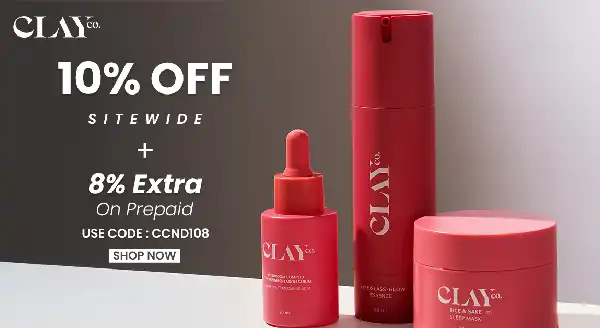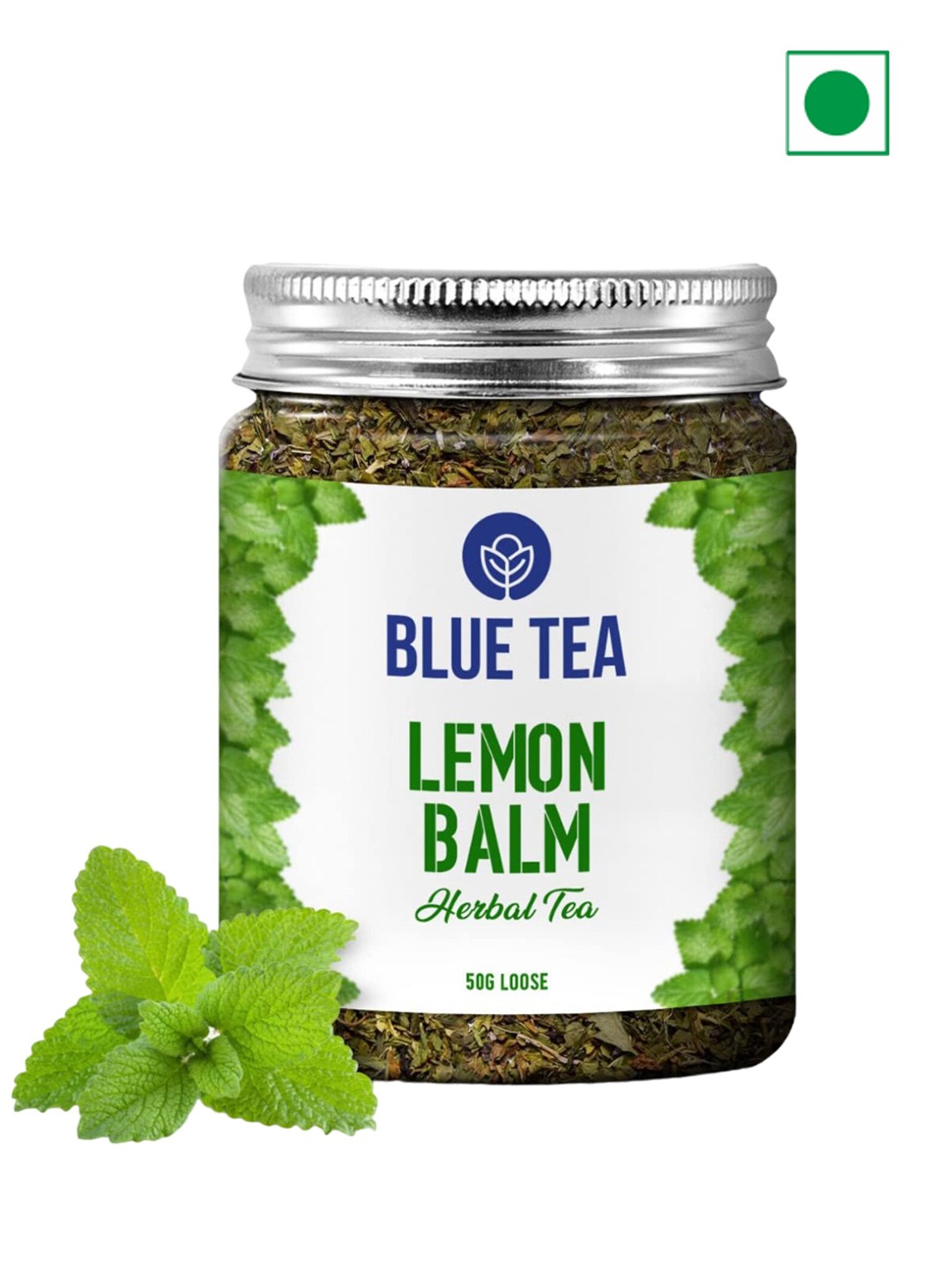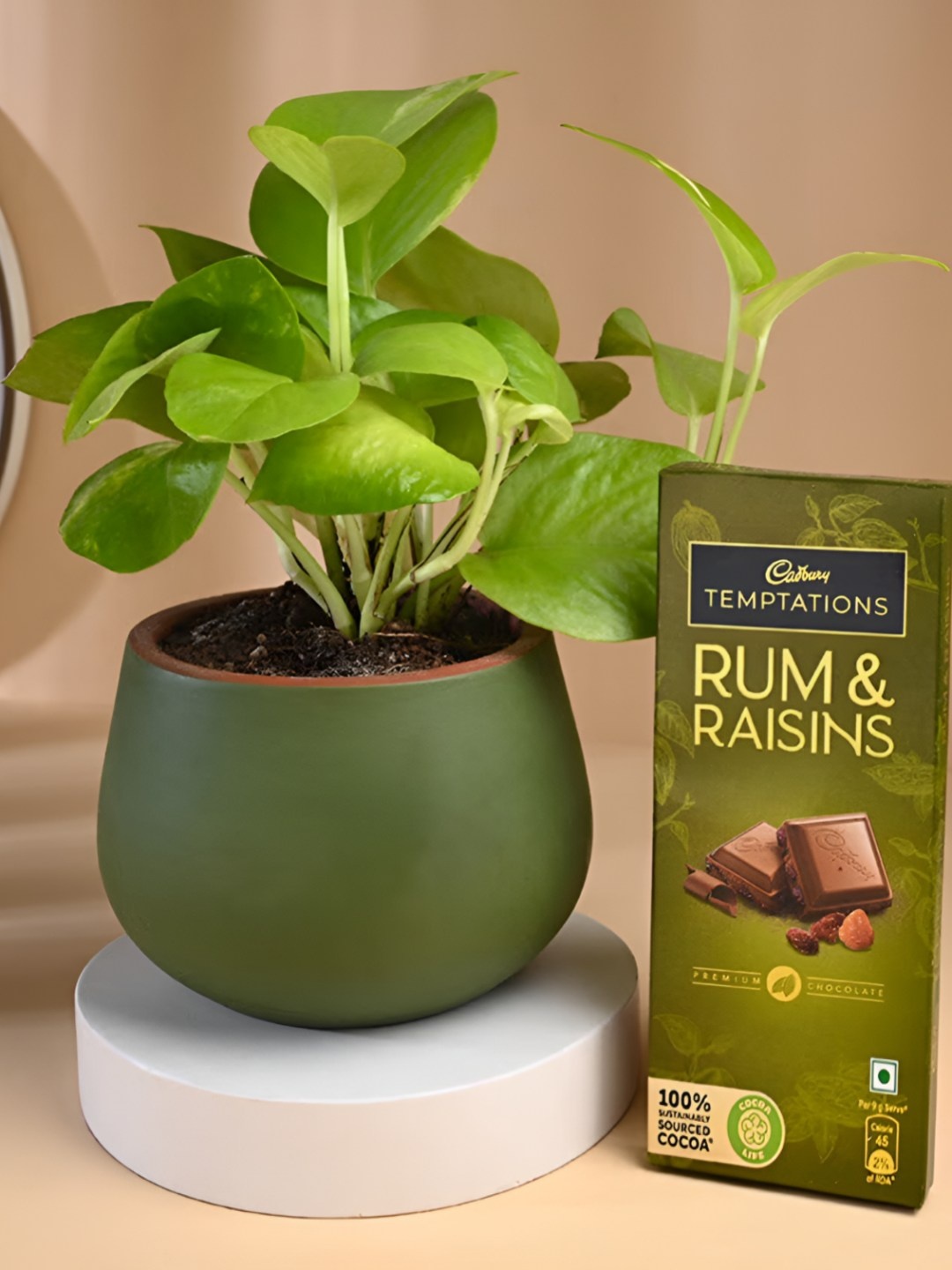Pet Food 101: Your Guide to a Healthy, Balanced Diet From Drools, Whiskas, Pedigree To PUREPET
Choosing the right pet food is one of the most important decisions you'll make as a pet parent. In the world of pet food, let us ensure that your furry friends diet is as balanced and nutritious as it should be. A number of top products are on Amazon from Drools, Whiskas, Pedigree to PUREPET, for you to choose from.

How To Choose The Best Pet Food: Tips For A Balanced Diet For Your Pet
As pet owners, we often find ourselves standing in the pet food aisle, staring at the shelves, wondering which bag of kibble or can of wet food is the right one for our beloved companions. The choices can be overwhelming, and the decision is crucial for their long-term well-being. Understanding what makes up a balanced diet for your pet isn't just about picking the most expensive or the fanciest packaging. There are several key factors to consider: the quality of ingredients, the nutritional value, the type of food, and even how it impacts their digestive system. In this guide, we'll walk through everything you need to know to make an informed decision about your pet's food and also list a number of top products on Amazon from Drools, Whiskas, Pedigree to PUREPET, for you to choose from.
By the end, you'll not only know what to look for when shopping for pet food, but also how to make sure your pet's diet is as balanced as possible. Let's dive in!
Also Read: These Are The Essential Ingredients For Choosing High-Quality Dry Dog Food
1. Understand Your Pet's Nutritional Needs
Just as humans need a variety of nutrients to stay healthy, so do pets. But unlike us, they have unique nutritional requirements based on their species, age, and activity level. For example, a senior dog needs fewer calories but more joint support, while a playful kitten has higher protein needs to fuel their growth. Understanding these needs is the first step in selecting the right food for your pet.
For dogs, a diet rich in high-quality proteins like chicken, beef, or fish is essential. Cats, being obligate carnivores, require more meat-based ingredients in their meals. The right balance of fats, carbohydrates, and proteins can also support healthy coats, vibrant energy, and overall vitality.
If your pet has specific health conditions like diabetes or food allergies, it's important to choose food that caters to those needs. Consulting with a vet can give you valuable insight into the specific dietary requirements that will best support your pet's health.
2. Read The Label: What's Inside?
The pet food aisle is full of options, but how do you know what's truly nutritious and not just full of empty promises? The secret lies in the label. Pet food labels are required by law to list the ingredients in order of quantity. This means the first few ingredients are the most important, and they should ideally be meat-based (chicken, lamb, turkey, fish). Avoid foods where fillers like corn, wheat, or soy take the top spots; these are often just inexpensive fillers and provide minimal nutritional value.
Also, check for additives like preservatives, artificial flavours, and colours. While some are harmless, others can contribute to health problems over time. Opt for food that uses natural preservatives and whole, recognisable ingredients. Always look for foods that are free from unnecessary chemicals and artificial additives, ensuring that your pet gets the best, most wholesome diet possible.
3. Wet Food vs. Dry Food: Which Is Better?
When it comes to pet food, one of the most common debates is between wet and dry food. Both types of food have their benefits, and the choice comes down to your pet's specific needs and preferences.
Dry food, or kibble, is often more convenient and can help maintain dental health due to its crunchy texture. It's also more economical and can be stored for longer periods. However, dry food can sometimes lead to dehydration, so it's crucial to ensure your pet is drinking enough water.
On the other hand, wet food has a higher moisture content, which can be beneficial for pets prone to urinary tract issues or those who don't drink enough water. It's also easier to digest, making it an excellent choice for older pets or those with sensitive stomachs.
You might even find that a combination of both works best for your pet. Offering a mix of dry and wet food can help balance the benefits of both, while also catering to your pet's taste preferences.
4. Special Diets: Tailoring Food to Health Conditions
Some pets have specific dietary needs due to medical conditions, allergies, or sensitivities. If your pet has been diagnosed with a health issue like diabetes, kidney disease, or obesity, you'll need to carefully select food that caters to these needs.
For instance, pets with diabetes may require a low-carbohydrate, high-protein diet to help regulate blood sugar levels. Pets with kidney disease might benefit from food that's lower in phosphorus and protein to reduce strain on the kidneys. Similarly, pets suffering from food allergies may require hypoallergenic food with limited ingredients to prevent flare-ups.
Many reputable pet food brands offer specialised formulas for these conditions. However, it's important to consult with your veterinarian before switching to a special diet to ensure you're meeting your pet's needs.
5. Quality Ingredients Matter: Look For Whole Foods
Just like when shopping for our groceries, the quality of ingredients in pet food matters. Whole, natural ingredients are the key to providing a well-balanced, nutritious diet. Whole meats, vegetables, and grains (like brown rice or oats) should be the foundation of your pet's food.
Avoid foods that use meat by-products or meat meals, as these can be lower in quality. Whole meats, such as chicken or beef, are always preferable because they contain the full spectrum of amino acids and nutrients your pet needs to thrive.
Organic ingredients can also be a great choice, as they tend to have fewer pesticides and chemicals, offering a cleaner option for your pet's food. While organic pet food may be a bit pricier, it's often worth the investment for the peace of mind it provides in knowing that your pet is eating only the best.
6. Understand Portion Control and Feeding Guidelines
It's easy to overfeed our pets, especially when they look up at us with those big, soulful eyes. But feeding your pet the right portion sizes is crucial for their health. Overfeeding can lead to obesity, which is one of the most common health problems faced by pets today. Likewise, underfeeding can result in malnutrition and a lack of energy.
Most pet food packaging will have feeding guidelines based on your pet's weight, age, and activity level. These guidelines serve as a useful starting point, but they may need to be adjusted depending on your pet's individual metabolism and lifestyle. Active pets or working dogs may require more food than sedentary pets, while older pets may need fewer calories.
If you're unsure about how much food to give your pet, consult with your vet. They can help determine the right portion sizes and even recommend a feeding schedule that suits your pet's needs.
7. Homemade Pet Food: Is It Worth It?
In recent years, there's been a growing trend toward preparing homemade meals for pets. And while it's definitely possible to create nutritious, balanced meals for your pet at home, it requires careful planning and knowledge of pet nutrition. Homemade food allows you to control exactly what goes into your pet's meals, ensuring that it's free from preservatives, fillers, and artificial ingredients.
However, creating a balanced homemade diet for your pet can be tricky. Pets require specific ratios of protein, fats, carbohydrates, vitamins, and minerals, and it's easy to unintentionally miss out on essential nutrients. Before embarking on a homemade food journey, it's important to consult with a vet or pet nutritionist to make sure you're getting it right.
If done properly, homemade meals can be incredibly rewarding for both you and your pet, but it's not without its challenges. For most pet owners, the safest and most convenient option is still to choose a high-quality commercial pet food.
8. Keep An Eye On Your Pet's Health
The best way to ensure that your pet's diet is balanced and effective is to monitor their overall health. Is your pet energetic, with a shiny coat and healthy weight? Or have you noticed them gaining weight, losing fur, or being sluggish?
Regular vet check-ups are essential in keeping tabs on your pet's health. If you notice any unusual signs, such as vomiting, diarrhoea, or changes in appetite, it may be time to re-evaluate their diet.
By paying close attention to your pet's body condition and adjusting their food accordingly, you can ensure that they stay happy and healthy for years to come.
Products On Amazon Related To This Article
1. Drools Cat Treat Biscuits Real Chicken Flavor 400g Jar
2. Drools Absolute Dog Supplement Tablet, Skin
3. Meat Up Chicken Flavour Real Chicken Biscuit For All Life Stages Dog
4. Whiskas Wet Cat Food For Kittens
5. Royal Canin Pellet Kitten food
6. Drools Adult Wet Dog Food, Real Chicken and Chicken Liver Chunks in Gravy
7. Royal Canin Mini Puppy Dry Dog Food
8. Me-O Adult Dry Cat Food Tuna Flavour 7 Kg
9. PUREPET Meat and Rice Adult Dog Pellet Food
10. Pedigree Adult Dry Dog Food
Choosing the right pet food is not a one-size-fits-all task. Each pet is unique, and their nutritional needs will vary depending on their breed, age, health, and activity levels. By taking the time to understand your pet's needs, reading labels carefully, and choosing quality, balanced food, you can ensure your pet gets the best care possible.
Whether you're feeding your pet store-bought food or considering preparing meals at home, the most important thing is to always prioritise their health and well-being. After all, a well-fed pet is a happy pet, and that's all we want for our furry friends! Shop now on Amazon.
Disclaimer: The images used in this article are for illustration purposes only. They may not be an exact representation of the products, categories, and brands listed in this article.





























